Anime is the shit. No, it’s not exclusively for fat, socially inept man-boys who live in their mother’s basement.
While growing up, interest in the familiar yet exotic style of animation could earn you cool points or strip you of all credibility. However anime has shifted from having a cult following to an explosive cultural phenomenon.
Hailing from Japan, anime productioncomes in television series, short films, and full-length feature films. The Hollyvood Reporter notes that the Japanese anime industry racked up a more than healthy 2 trillion yen ($17 billion USO) last year alone. The term ‘anime’ has varied origins. It’s typically considered to be an abbreviation for ‘animation.’ It’s also said to be derived from the French term “desinn anime’ meaning ‘cartoon.’
“I’ve grown up with animation my whole life,” recounted Palomar graduate and Osaka Japan native, Chie Nomaki. “Even now, when I’m watching something it’s usually anime,” she added with a smile.
To the western eye, anime appears to simply be a different form of cartoons, but anime is a multi genre enterprise that targets all ages and cultures as it continues to expand globally.
Visual characteristics and stylization is one way the two brands of animation diverge. The hallmarks of anime are intoxicatingly dreamy, mood inducing backgrounds reminiscent of psilocybin trip, and fluid illustration. Movement is an important element, even within the still pages of manga, which is the Japanese mass media equivalent to a comic book. Authors of manga are referred to as mangaka.
Anime characters posses a wide variation of physical characteristic in comparison to cartoon characters. The hair, eyelashes, and clothing on anime characters in stylish with more detail. Even food looks insanely mouth watering. Colorful hair that defies more than three laws of physics, small mouths, and noses paired with large expressive eyes, and in the case of some female characters even larger, wildly disproportionately breasts that are at times, more expressive than they themselves are.
The historical origins of western and eastern animation are interesting. American cartoons were geared towards inducing laughter, and also included darker themes of racism and propaganda. Not many know famed author and illustrator Dr. Seuss penned racist caricatures of black and Japanese people during World War II.
Anime has a more recent history. A quick four second, 50 framed clip called Katsudo Shashin is said to be there very first name to be created in 1907. It’s on YouTube, and features a boy writing out “活動写真” which translates to “moving pictures.”
Historical Japanese art has influenced manga and anime dating back to the 11th Century. These ancient art forms include: Emaki hand scrolls with paintings or calligraphy. Noh theater, a religious form of theater arts using masks, ink drawings, and Ukiyo-e, a printing technique imported from China.
It’s no surprise American cartoons and Japanese anime overlap and contrast, as the two countries are linked in multiple ways. A mingling of Japanese and American culture is arguably the bulk of quintessential childhood of 90s babies. Power Rangers, Tamagotchi, Pokemon, and Playstation are all Japanese creations with massive international success in the U.S.
Although America and Japan influence each other, anime is more popular in America than American cartoons are in Japan. America’s first solid introduction to anime occurred in the 1960s with the international release of Astro Boy.
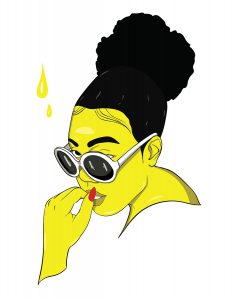
Anime illustration by Traytyn Bush
Anime’s popularity began to rise 20 years later in America during the 80s with the crossover emergence of Otaku subculture. Japanese people use “otaku” as slang for nerd, but carried a sinister connotation at its inception. Tsustomu Miyazaki (no relation to Hayao Miyazaki) became known as the “Otaku Murderer” in the late 80s by the media after murdering four young girls. Authorities found over 5,000 video tapes of anime, slasher films, and child porn in his home leading to a negative perception around the subculture.
The 1990s set the stage for anime renaissance, producing classics like Cowboy Bebop, the Dragon Ball Z series and Sailor Moon, followed by Hayao Miyazaki’s crossover success with Spirited Away at the turn of the new millennia, gaining anime a devoted fan base, adn cleaning up the “otaku” image. There’s even an American publication called “Otaku USA” with over 50,000 followers on Twitter.
America has taken many cues from Japan when it comes to animation. For example, The Boondocks creator, Aaron McGruder tackled thorny subjects surrounding race and politics since its comic strip debut in 1999. The Boondocks is an American cartoon, but borrows the stylization and illustration techniques from anime. “I wanted it to be an anime show, because I think the Japanese style of animation is most cinematic, and gives you the most flexibility in terms of doing humor for adults,” McGruder said.
Anime also gives a bird’s eye view into Japanese culture. Loudly slurping noodles, cramming onto ultra packed trains, and firework festivals are depicted. It’s common to see characters bowing as a greeting, to say thank you, and as an overall sign of respect. Cuteness known as “Kawaii” in Japan permeates anime and real life. According to Savvy Tokyo, women are perceived as cute only if they revert back to childish identities both physically and mentally.
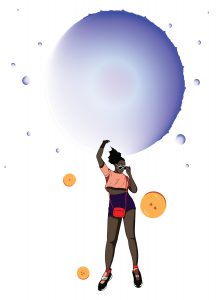
Anime illustration by Traytyn Bush
Japanese people are largely seen as sexually repressed and conservative. “We don’t openly talk about sex,” Nomaki said. Japanese values surrounding sex contrast with the infamous subgenre of anime known as hentai meaning “strange” or “perverted” and the element of fan service which is scantily clad outfits, cleavage shots, nude scenes, explosions, and fight sequences.
clinical psychologist Dr. Megha Hazuria Gorem attributes the mass appeal of hetai to the power of imagination. “Because toons are fantasy, you can make a person look the way you want him or her to look. Every fetish can be fulfilled.”
However, some fetishes explored through hentai are darker than your average foot fetish. It often features sexual violence and pedophilia. Mia Bryce, an anime expert from Macquane University and Japan’s obsession with “kawaii,” or lovable cuteness makes it difficult to distinguish a character’s age. An article published in TIME magazine in 1999 features Tokyo Police superintendent expressing that child pornography is “our nation’s greatest shame.”
According to the New York Times, Japan’s male dominated parliament finally went on to outlaw the creation of child pornography in 2011, and the possession of it in 2014.
Social attitudes revolving around race are also present in anime. The syndication of Toonami in the States has proliferated anime’s infectious popularity to diverse populations, including the black community. Jason Demarco, a creative at Adult Swim noticed that demographic engagement for Dragon Ball Z in the U.S. was mostly black and Latino children. Conversely, sometimes within the black community having “alternative interests” in things like anime is seen as being nerdy, less “cool” and therefore less black.
Black actors, models, musicians, rappers and influencers have fangirl’d the colorful worlds of anime, and alluded to it in their work. Actor Samuel L. Jackson laid down some voice acting for “Afro Samurai” and professed his love for the highly stylized art form. Popular Beyoncé approved podcast “The Read” hosted by Kid Fury and Crissle, which nearly always includes blurbs about Beyoncé, and Sailor Moon Crystal.
Although anime culture has a strong audience in the black community, anime doesn’t tend to reflect this diversity in its characters. “There aren’t enough black characters” said aspiring model Maya Michelle. “I want to watch an anime with a black cast so bad.”
Due to Japan’s homogeneous society, mass American media typically funnels in cultural exchange from the western world. “In Japan, we lear about black history, mostly slavery and that’s about it. We don’t learn about black culture. Most Japanese people think black people are selling drugs, or have guns on them because that’s what’s shown on TV,” Nomaki said.
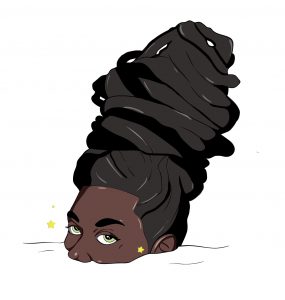
Anime illustration by Traytyn Bush
Manka have been incorporating more ethnic stples in black characters to clearly distinguish them from other characters. Tech savvy badass Miyuki Ayukawa from “Basquash” was seen as “racially ambiguous” by fans of the anime, but creator Tetsuya Hyashi had a different idea in mind. “When I created Miyuki, I thought it would be obvious that she’s African-American. The dreads should have been a dead giveaway.
Killik Rung from “Soul eater” and Mitchiko Malandro from the melanin filled anime “Mitchiko to Hatchin” are also characters black anime fans can see themselves in. There is no scientific evidence that Piccolo from DBZ is black, but most black people unanimously agree via anecdotal evidence that he is. RZA from the Wutang Clan wrote a book titled “Tao of the Wu” where he draws parallels between the black experience in America, and the lore of Dragon Ball Z. “Saiyan hair can defy gravity! What other race of people do you know have hair that can do that? he wrote.
Just like live action work, animation is another form of artistic expression with many genres and sub genres that induce fascination, fear, and feelings. If you decide to jump down the anime rabbit hole, or already find yourself deep within it, don’t forget to bring snacks.

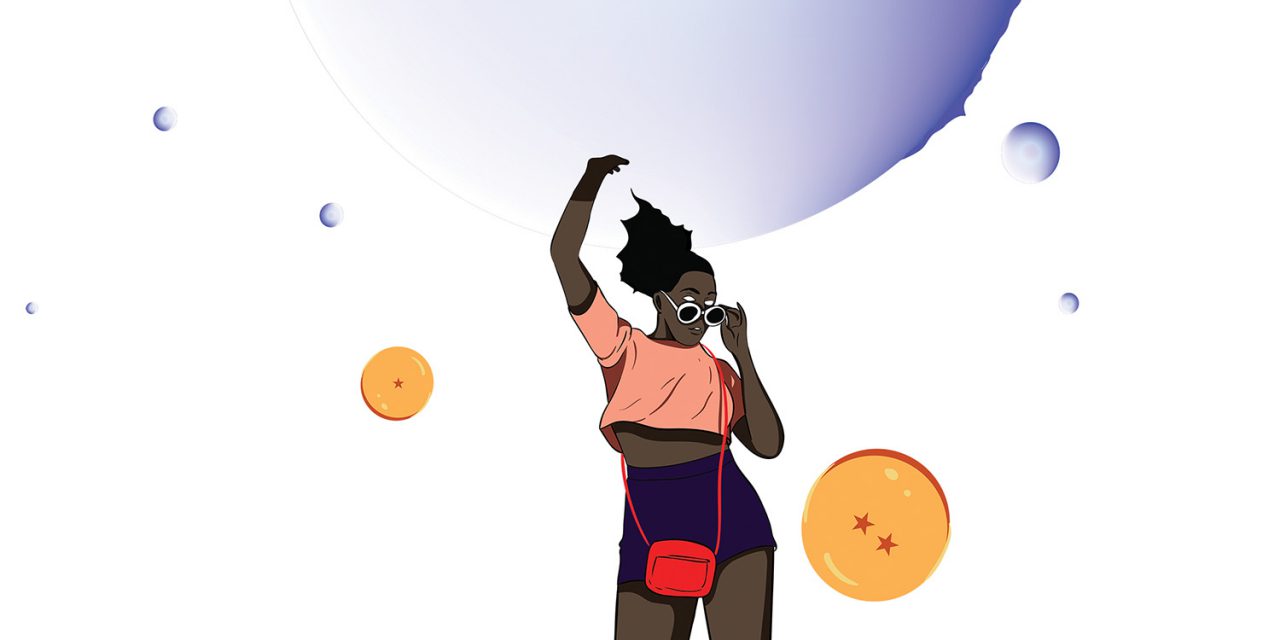

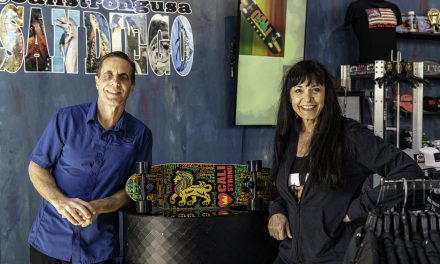
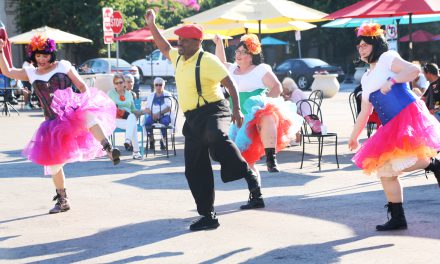
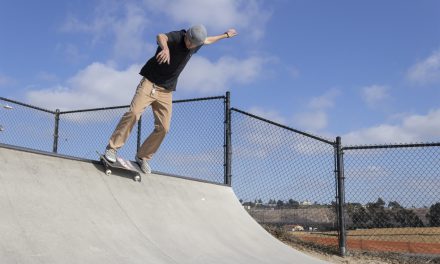
Recent Comments